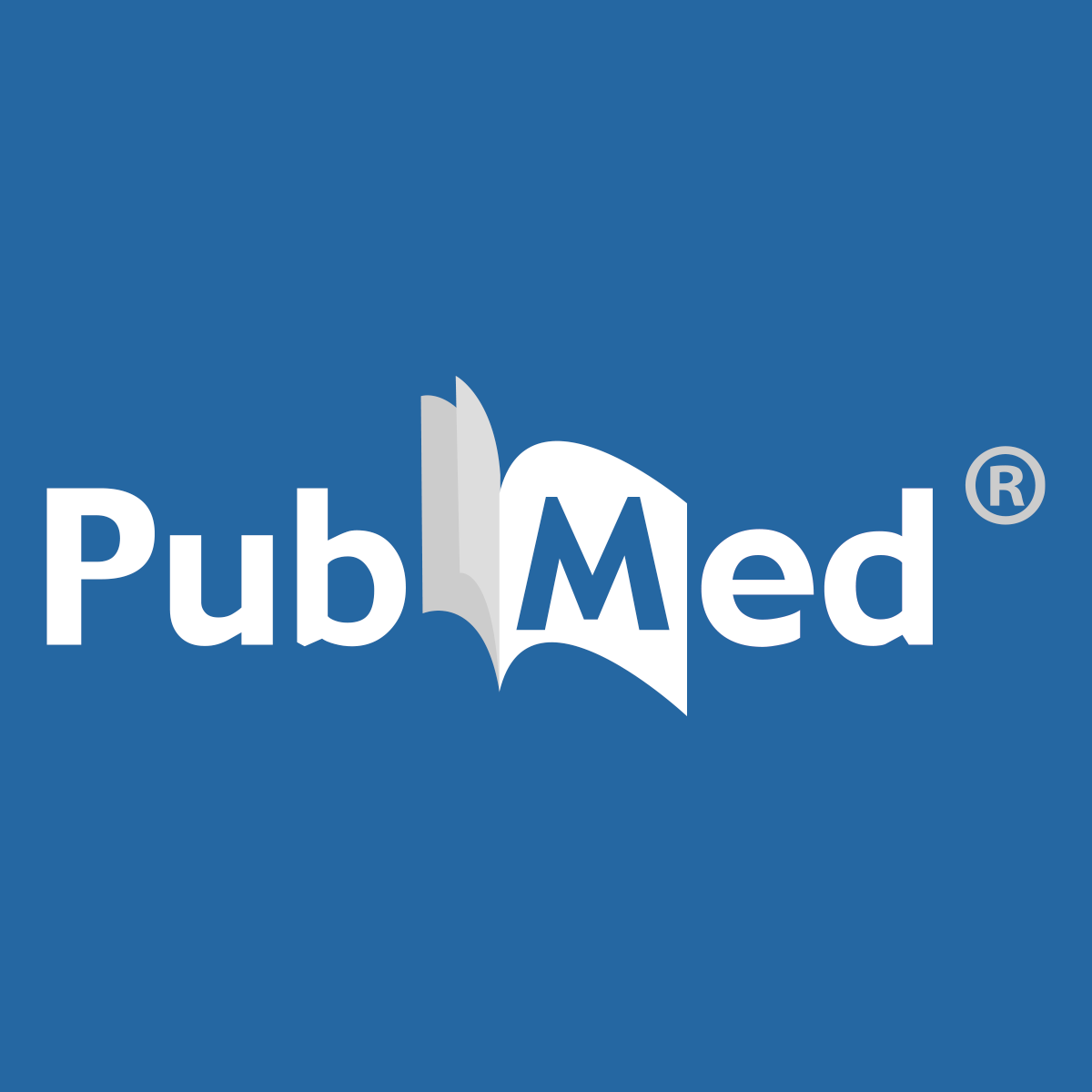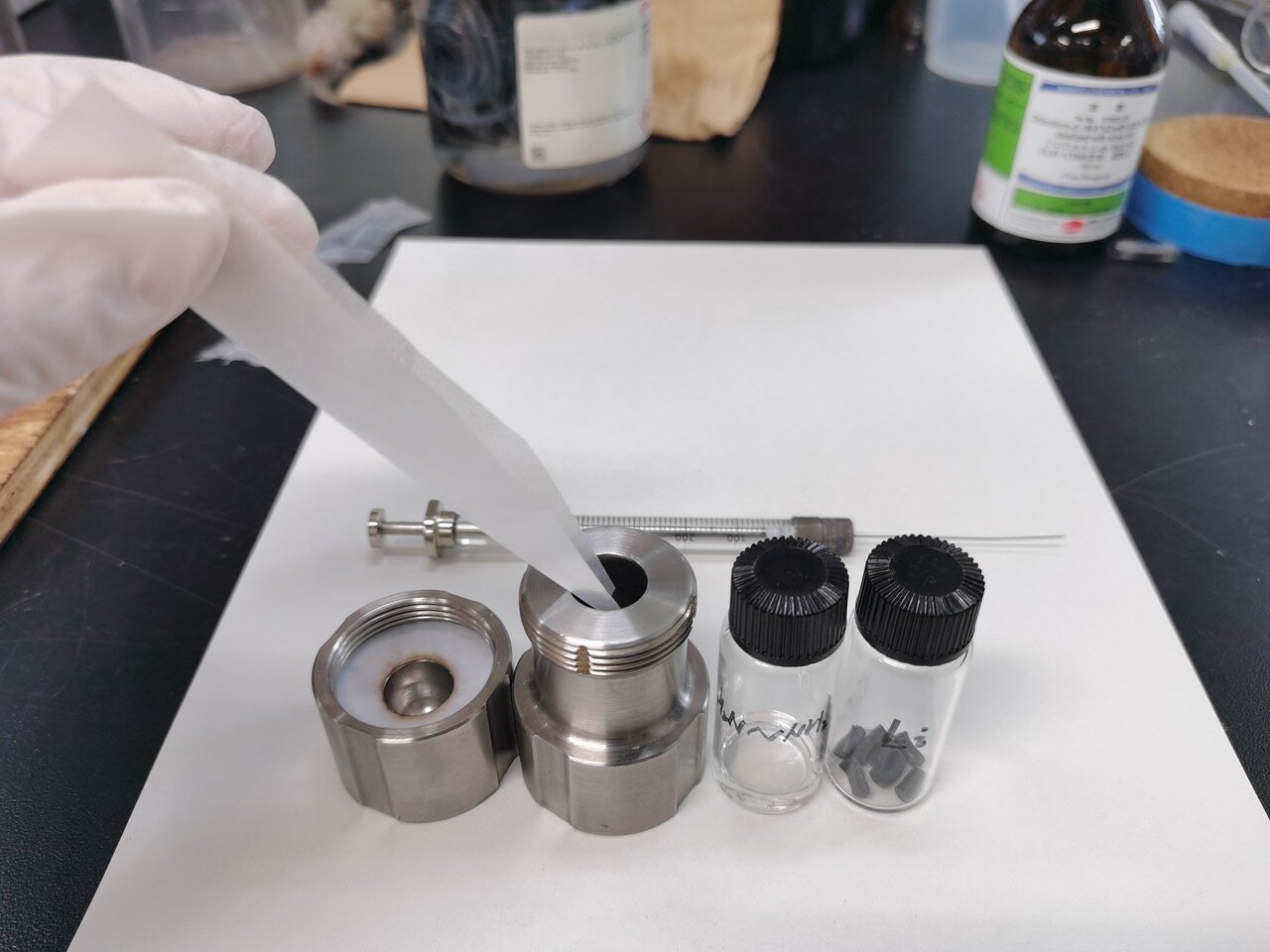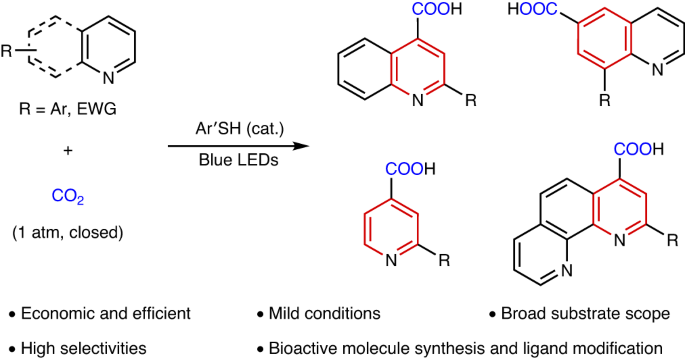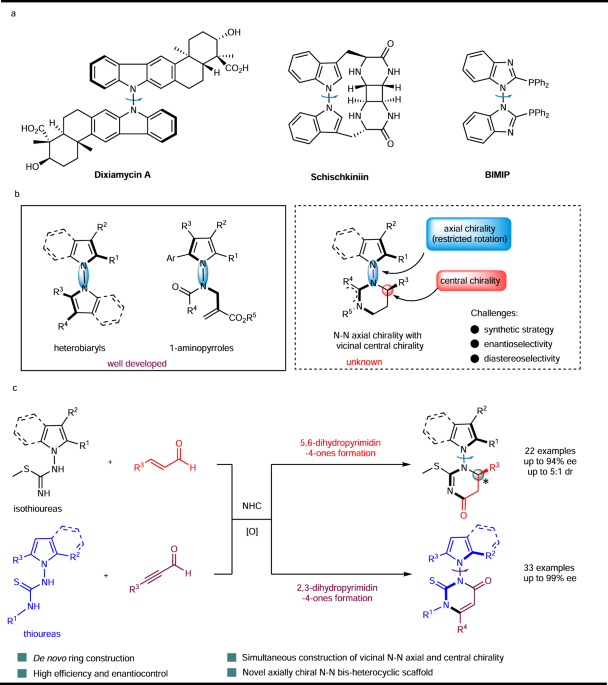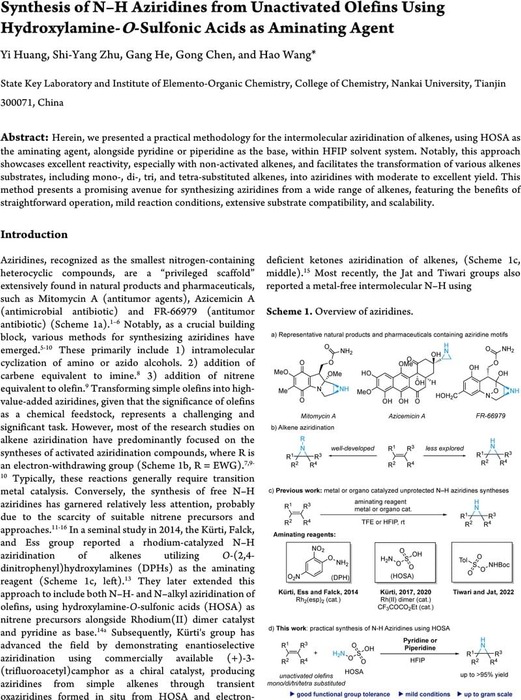izo
Bluelighter
- Joined
- Mar 22, 2006
- Messages
- 4,164
2010 - GABA Modulating Agents A Brief Review
a rather short summary of different anticonvulsants, all were new to me.
a rather short summary of different anticonvulsants, all were new to me.

